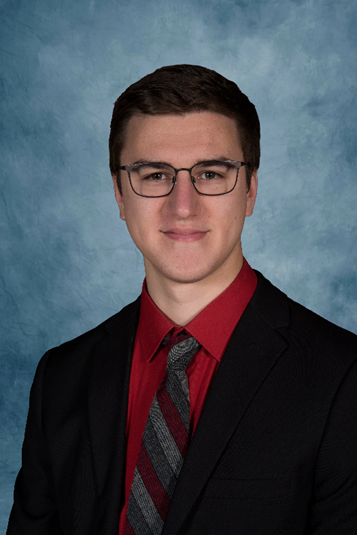Informing Model End-Users in Industry on the Credibility of Predictions
Webinar Presentation (PDF) I Webinar Recording (WebEx)
Note: The presentation and recording are only available to NAFEMS members.
Overview
Modeling and simulation (M&S) are a well-established part of the engineering design process. M&S are also gaining traction in other product life cycle processes through concepts like certification-by-analysis and digital twins. These advancements and the widespread influence of M&S continue to add relevance to the question of how much to trust computational model predictions. The answer to this question can be extremely challenging to determine and strongly depends on the application. Even if there is Verification, Validation, and Uncertainty Quantification (VVUQ) evidence to build credibility in the model predictions, this information is often difficult to convey to the model end-users (e.g., analysts, managers, experimentalists, etc.). For these reasons, this work developed a new credibility assessment, called the Credibility Index, that turns VVUQ results into an intuitive, numerical decision-making metric. The work presented here explains the formulation of the Credibility Index and compares the method to existing credibility assessments using real end-user feedback. The results highlight how the results-based, numerical Credibility Index increases the accessibility of credibility information to decision-makers for specific prediction scenarios.
Webinar Presentation (PDF) I Webinar Recording (WebEx)
Note: The presentation and recording are only available to NAFEMS members.



